Having a small bathroom doesn't mean you have to compromise on style or functionality. With the right ideas and creativity, you can turn your tiny bathroom into a functional and stylistic space that meets all your needs. Here are some small bathroom ideas to help you make the most of your limited space:
1. Opt for a corner sink
Installing a corner sink can help save space in a small bathroom. It utilizes the corner area that is often overlooked and provides more room for movement. Additionally, you can choose a sink with built-in storage to maximize storage options in your bathroom.
2. Use lighter colors
Lighter colors can give an illusion of a more spacious bathroom. Opt for light shades of paint or wallpaper for the walls, as well as light-colored tiles for the flooring. This can make your bathroom feel brighter and more open.
3. Utilize vertical space
When dealing with a small bathroom, vertical space is your friend. Install shelves or cabinets high on the walls to make use of the often neglected area above eye level. This allows you to store towels, toiletries, and other essentials without taking up precious floor space.
4. Install a sliding door
A traditional swinging door can take up valuable space in a small bathroom. Consider installing a sliding door instead. Sliding doors save space and provide a sleek, modern look to your bathroom.
5. Choose a pedestal sink
If storage space is not a priority, a pedestal sink can be an excellent choice for a small bathroom. It takes up less floor space compared to a traditional vanity and creates a visually open and airy feel.
6. Opt for a floating vanity
If storage is a concern, a floating vanity can be a great solution. It creates the illusion of more space and provides storage options without taking up too much floor area. Additionally, the open space underneath the vanity can make the bathroom look less cluttered.
7. Incorporate mirrors
Mirrors are a fantastic tool for enhancing the visual space in a small bathroom. Install a large mirror or multiple mirrors to reflect light and make the room appear larger. Mirrors can also add style and depth to the bathroom.
8. Use open shelving
Avoid using bulky cabinets in a small bathroom. Instead, opt for open shelving to store towels, baskets, and other decorative items. Open shelving creates a more spacious look and can add a touch of elegance to the space.
9. Install a corner shower
If you have limited square footage, consider installing a corner shower. It optimizes space by utilizing the corners, allowing you to have a shower without compromising the overall space of your bathroom.
10. Make use of natural light
Maximize natural light to make your small bathroom feel brighter and more open. Avoid heavy window coverings and use sheer curtains or blinds to allow light to filter through. If privacy is a concern, consider frosted window film.
With these small bathroom ideas, you can transform your compact space into a functional and visually appealing restroom. Don't let the size limit your creativity - embrace the challenge and create a bathroom that reflects your personal style!
Frequently Asked Questions Of Small Bathroom Ideas: Transform Your Space With These Clever Hacks
Q: How Can I Make The Most Of A Small Bathroom?
A: Maximize storage with vertical shelves, use light colors to create an illusion of space.
Q: What Are Some Space-saving Fixtures For Small Bathrooms?
A: Consider installing a corner sink, wall-mounted toilet, or a compact bathtub.
Q: How Can I Create An Open And Airy Feel In A Small Bathroom?
A: Use a glass shower door, add mirrors to reflect light, and utilize seamless tile patterns.
Q: What Are Some Creative Storage Solutions For Small Bathrooms?
A: Hang hooks or baskets on the door, use shelves above the toilet, and add a vanity with built-in storage.






 inews69
inews69


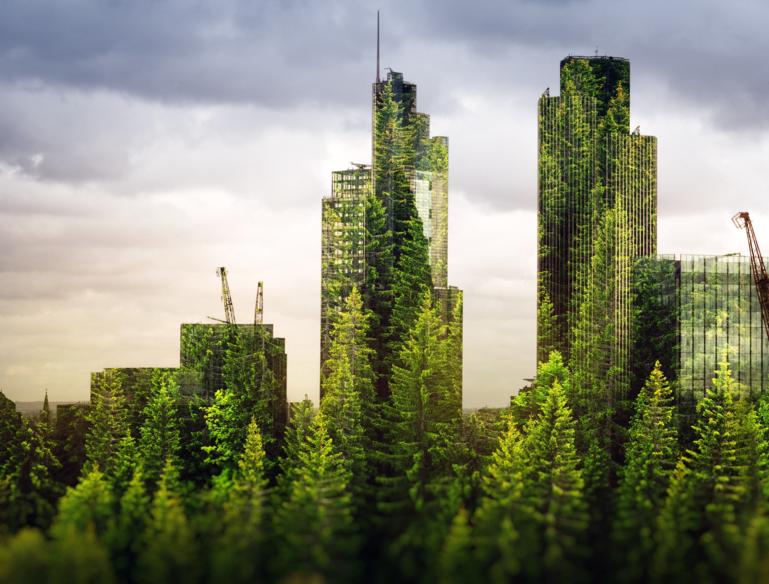
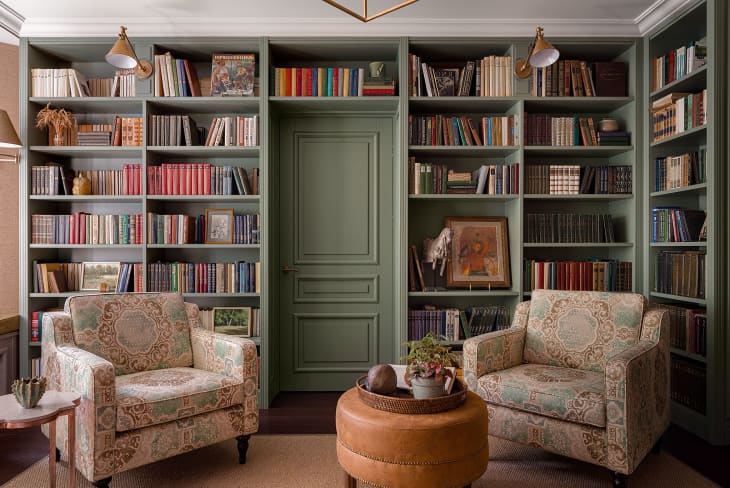

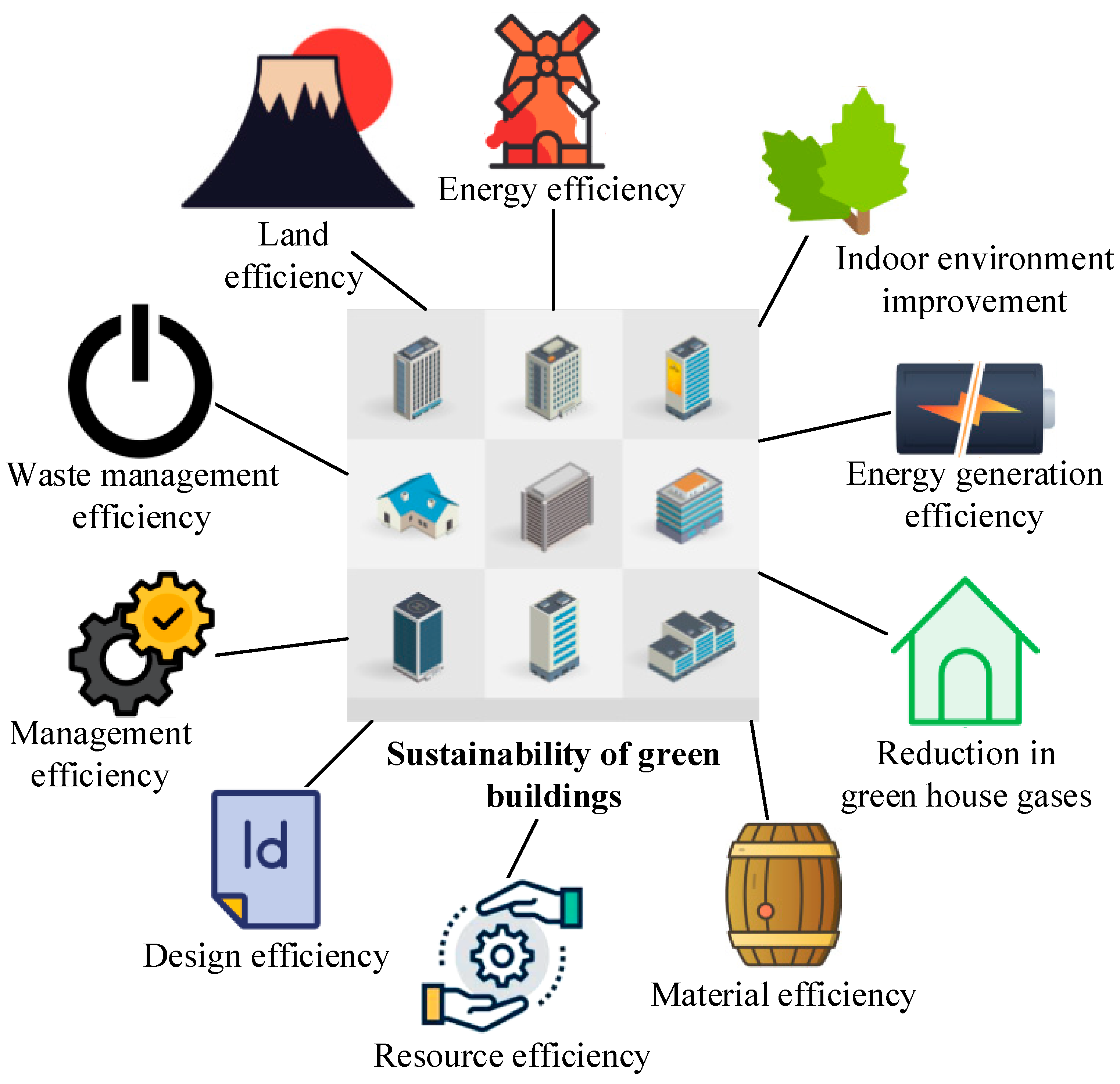


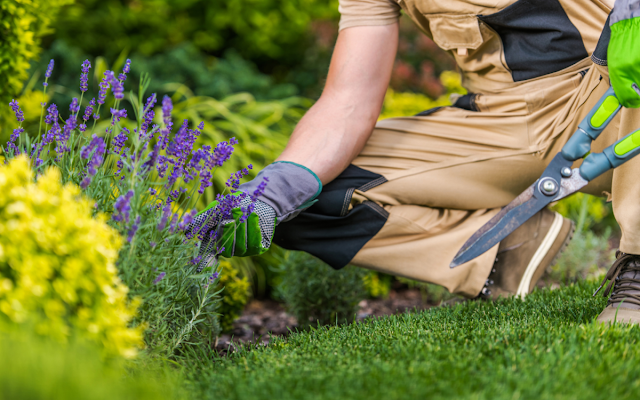




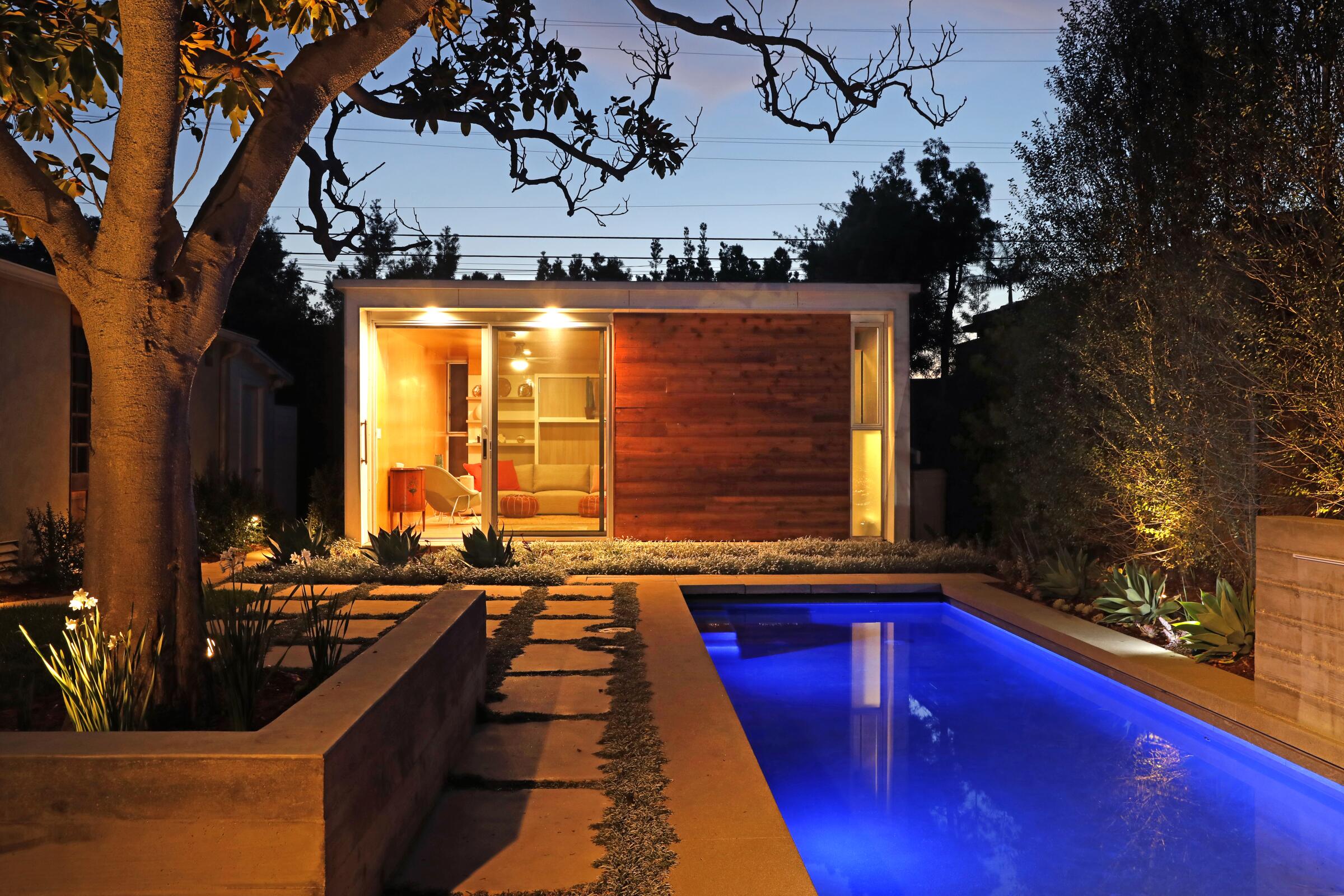


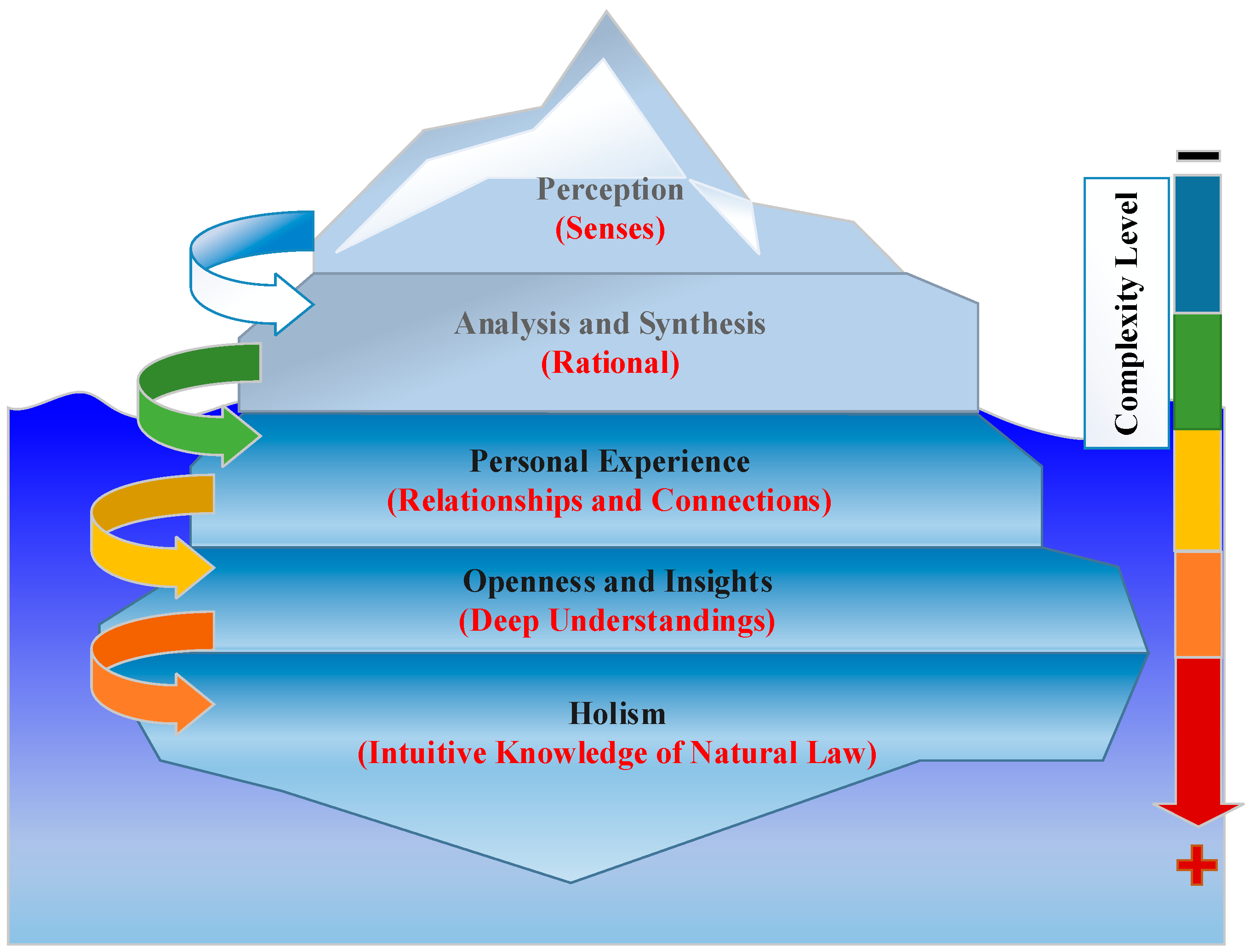



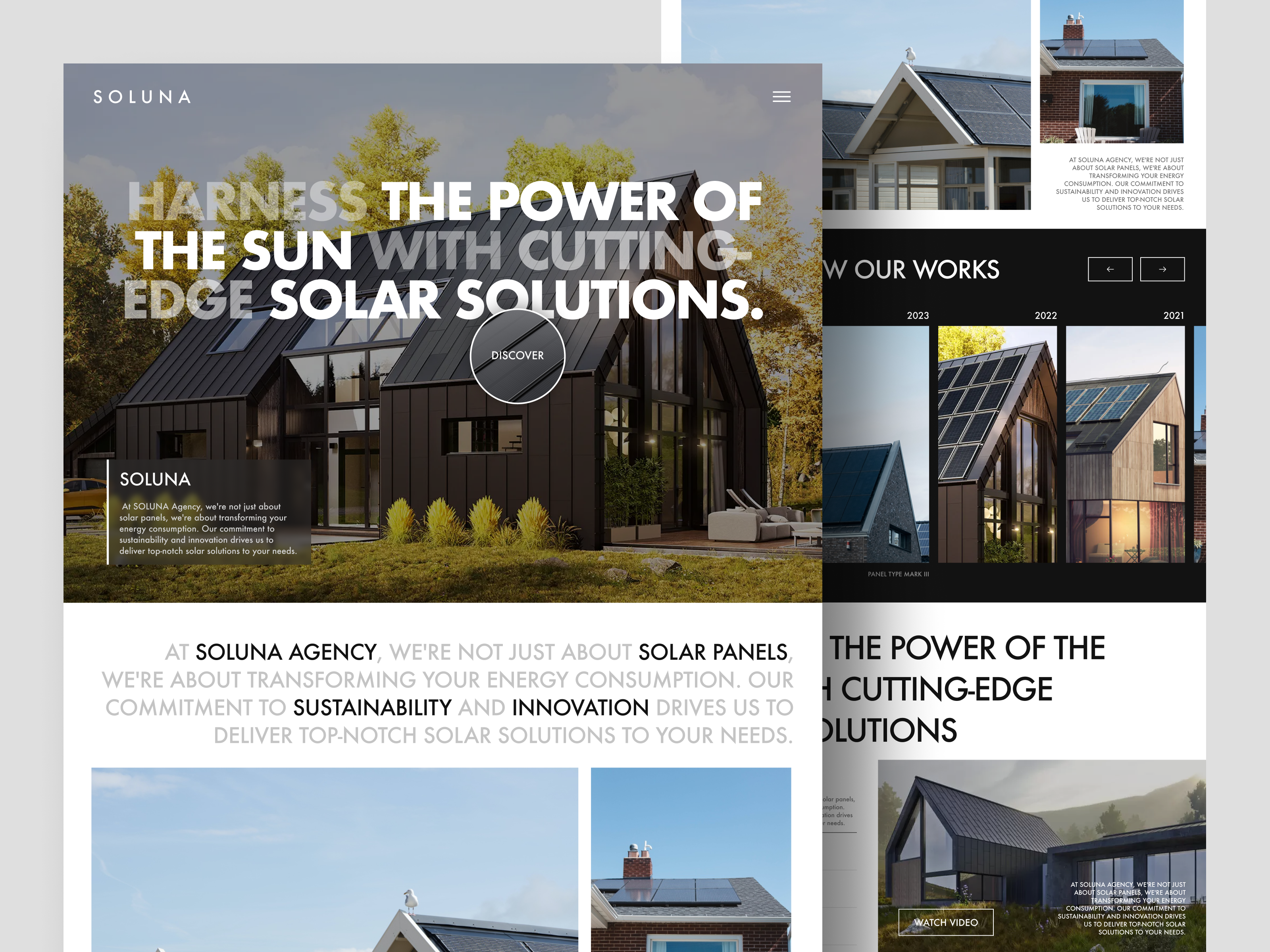
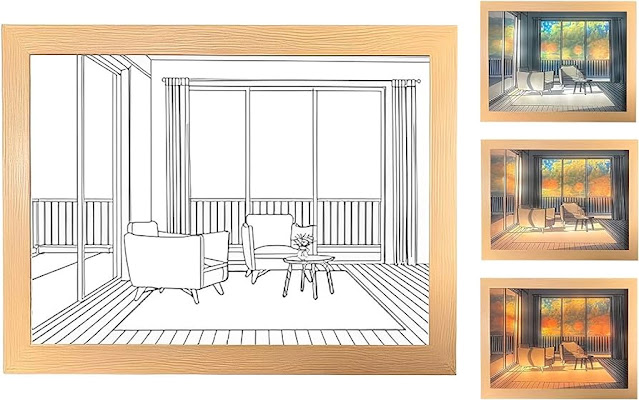

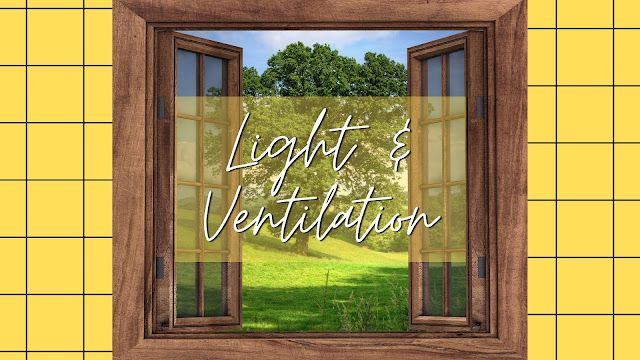
:max_bytes(150000):strip_icc()/SPR-increase-natural-light-in-your-home-4050531-hero-ba711515aa14418fb16fbbd26029656c.jpg)

